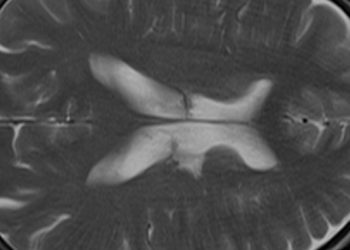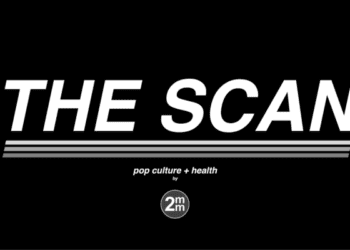Disparities exist in economic impact of childhood food allergy
1. Compared to higher-income children, those in the lowest income group sustained over twice the amount of emergency department (ED) and hospitalization costs as a result of their food allergies.
2. Children in the lowest income group amassed lower specialist visit costs and lower out-of-pocket medication costs compared to the highest income children. African American families sustained the lowest direct medical and out-of-pocket costs.
Study Rundown: Approximately 8% of the pediatric population has at least 1 food allergy, with 40% of these patients experiencing a severe, life-threatening reaction. Data has shown the African American children have a higher prevalence of food allergy, but have lower odds of receiving a diagnosis. Authors of this study explored racial, ethnic, and socioeconomic differences in the utilization and costs incurred by families with food-allergic children. Results indicated that overall, African American families had significantly lower ED and hospital costs compared to other groups, and they had significantly lower out-of-pocket costs compared to white children. Lowest income families incurred over twice as much cost for ED and hospitalizations. This group also incurred lower specialist costs related to food allergy, but higher general pediatrician costs. Finally, increasing income was associated with higher out-of-pocket spending on medication. While this study highlights disparities in costs and utilization among differing socioeconomic classes, it is limited by lack of evidence for causality. Uncovering disparities is of clinical significance to practitioners and public health workers, so that focus can turn to groups less likely to utilize resources appropriately and receive diagnoses.
Click to read the study published today in Pediatrics
Relevant Reading: The economic impact of childhood allergy in the United States
In-Depth [cross-sectional study]: This study is a secondary analysis of previously collected data of families with food-allergic children from November 2011 through January 2012 (N = 1643). Annual incomes were stratified into 3 levels: <$50,000 (41.8%), $50,000-$100,000, and >$100,000. Five racial and ethnic groups were included (74.3% white, 10.7% African American and 7.6% Hispanic). Costs of utilization of both inpatient and outpatient services were estimated using standardized pricing, and out-of-pocket costs were directly reported. Lowest income families had the highest adjustment mean costs for ED and hospitalizations ($1021, SE+/=$209, P < .001). These costs were almost 2.5 times those of the other 2 income classes ($434 and $416, respectively). Compared to the highest income level, children in the lowest income group had higher costs for general pediatrician visits ($123 vs $103 for highest income, P < .01) and lower costs for specialist visits ($228 vs $311 for highest income, P < .01). Higher income groups had higher out-of-pocket expenditures, with the lowest income group spending $171 and the highest spending $366 (P < .001). Most relationships between income and race were inconsistent or insignificant, though overall African American families spent less out-of-pocket, and had lower hospitalization and ED costs, than other racial/ethnic groups (P < .001).
Image: CC
©2015 2 Minute Medicine, Inc. All rights reserved. No works may be reproduced without expressed written consent from 2 Minute Medicine, Inc. Inquire about licensing here. No article should be construed as medical advice and is not intended as such by the authors or by 2 Minute Medicine, Inc.







